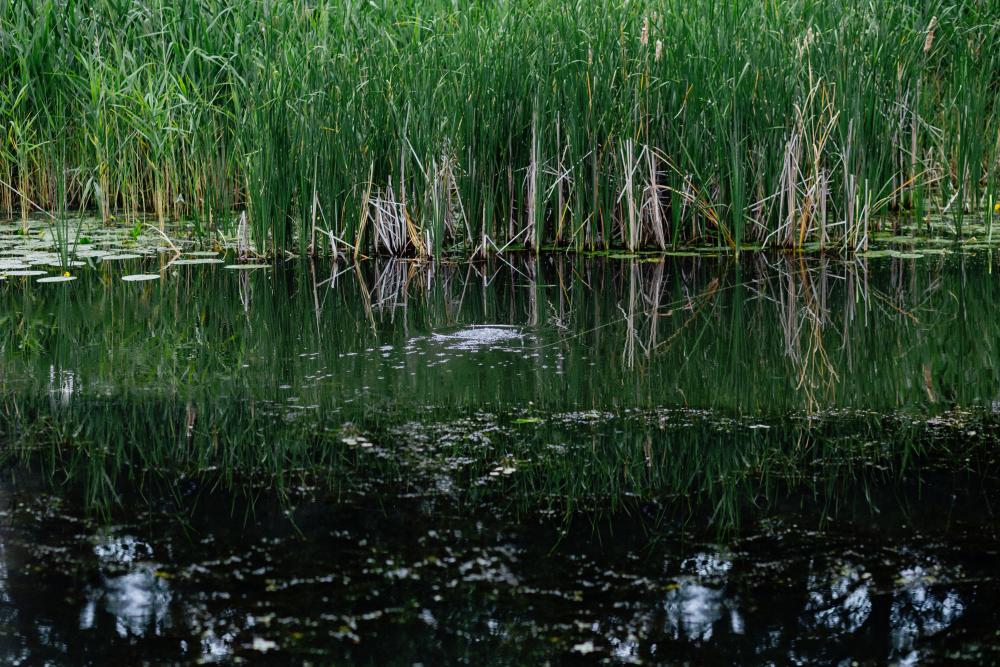PETALING JAYA: A marine biologist has raised the alarm over three invasive South American catfish species that are threatening native fishes in the country’s riverine ecosystem.
Universiti Putra Malaysia Biology Department senior lecturer Prof Dr Mohammad Noor Amal Azmai identified the three species as the Amazon sailfin (pterygoplichthys pardalis), the suckermouth (hypostomus plecostomus) and the vermiculated sailfin (pterygoplichthys disjunctivus), which is found in huge numbers in Klang Valley rivers.
“The three catfish species can inflict serious long-term damage to our riverine ecosystems if their breeding is not curtailed. In time, they will decimate our native freshwater fish species as they overpopulate our rivers.
“While there have been occasional operations to catch and remove these catfish from our rivers, more concerted efforts and urgent steps must be taken to control their breeding before it is too late.”
Mohammad Noor said what is alarming is that the three catfish species have also been found invading the aquatic ecosystems in protected forest reserves.
He added that the fish will first compete with native fishes for food, habitat and space, reducing their populations.
“Over time, they will invade more resources, leading to the extinction of native fishes. Their numbers are currently overwhelming some rivers, and dominating and monopolising resources in our riverine ecosystem.”
Mohammad Noor also warned that these catfish destabilise riverbeds by digging nests for mating and laying eggs, leading to riverbank erosion and increased water turbidity, which negatively affects the breeding grounds of
native fishes.
He said the sailfin catfish has a high reproductive rate and can survive in environments with poor water quality, which is why controlling it is challenging.
“Any biological control carries the risk of causing further ecological degradation. The overpopulation of these catfish negatively impacts water quality and the overall health of river ecosystems.
“Their burrowing behaviour increases water turbidity, reducing light penetration and hinders photosynthesis in aquatic plants. It also lowers oxygen levels in the water, killing plants and other marine animals.”
Mohammad Noor said although the sailfin catfish found in Malaysia is an invasive alien species, there are no legal restrictions or prohibitions against importing it.
“This species was likely introduced into our waterways through accidental or intentional release. There have also been reports of releases tied to religious ceremonies.”
Komuniti Pemburu Ikan Bandaraya committee for Aquatic Ecosystem Conservation and Local Freshwater Fish executive council member Muhamad Zulkifli Mokhtar said invasive fish are found in many places in the Klang Valley, especially in the Klang, Damansara and Langat rivers.
“Last week, 1.14 tonnes of sailfin catfish were caught in the Damansara river within just two hours. It was one of the largest ever recorded efforts to control the species.
“They eat the eggs of local fish breeds, leading to a decline in the local freshwater fish population.”
Muhammad Zulkifli said the sailfin catfish population is increasingly uncontrollable in Malaysia due to a lack of predators. It also produces more waste than other fish, leading to a decline in water quality due to elevated ammonia levels.
“Additionally, the fish is not consumed, which allows their numbers to grow unchecked. Growing river pollution and the detrimental effects of the sailfin catfish has reached a critical level, making the water unsafe for human consumption.”
He said by reducing the population of invasive fish, native ones can re-establish their habitats and access sufficient food, allowing them to repopulate without competition from the invasive species.









